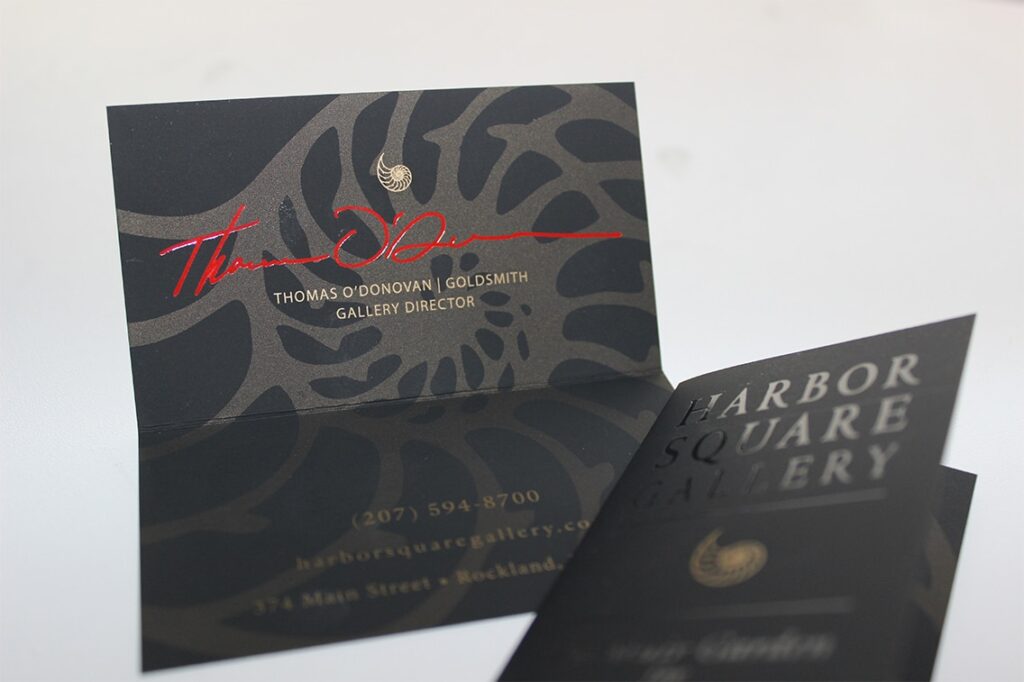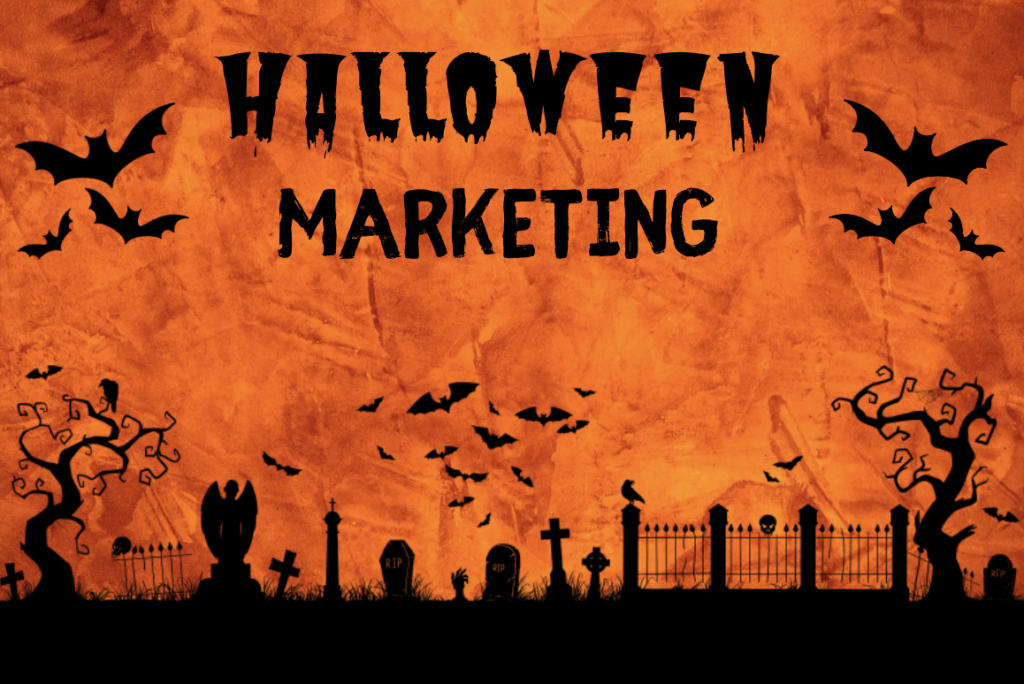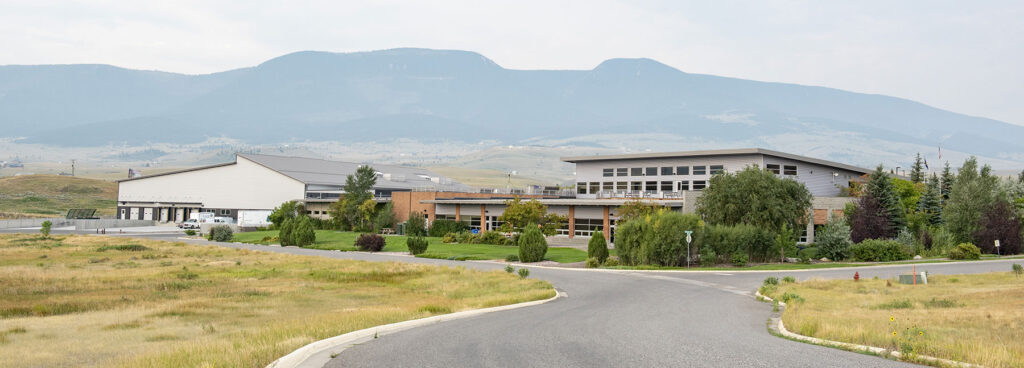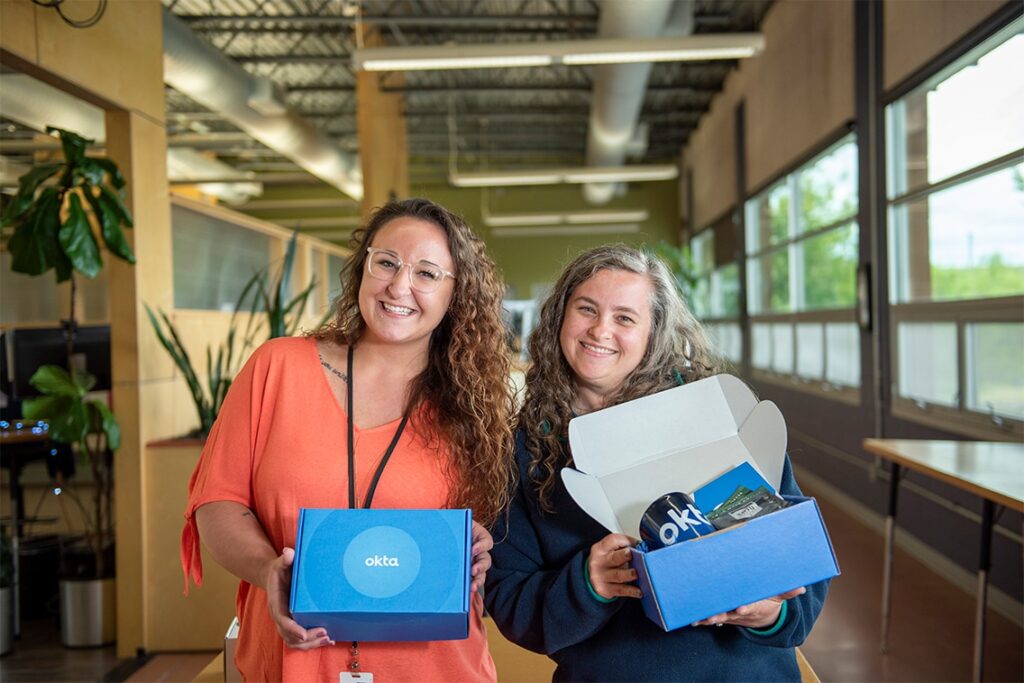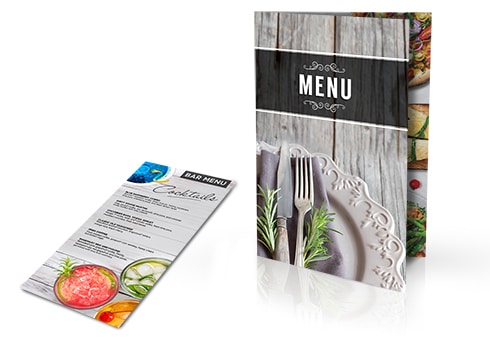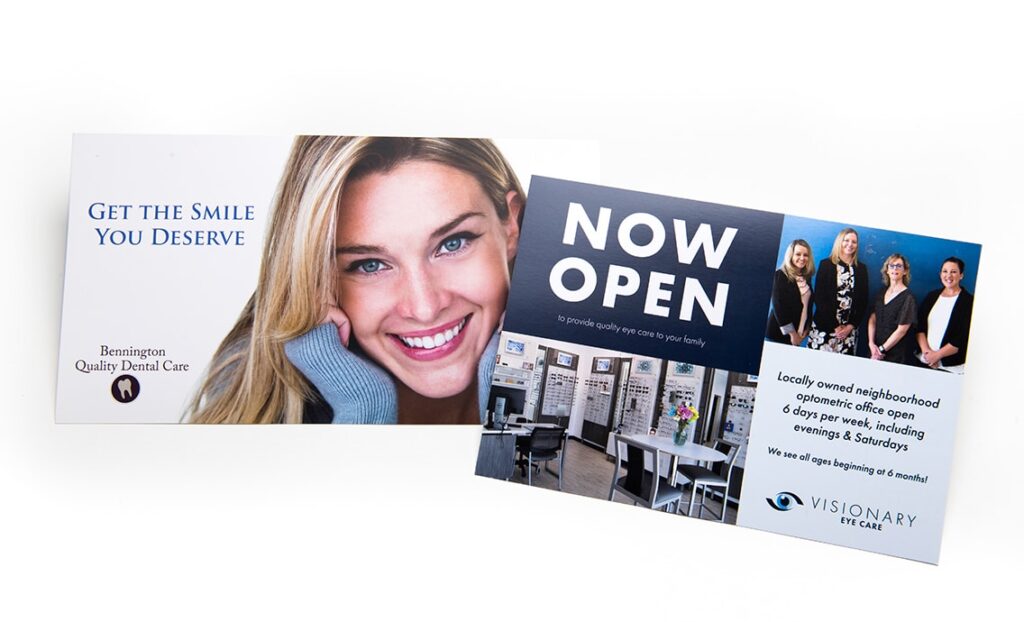
You hear the letterbox ding, the soft fall of paper on the floor, your dog barks. You’ve got mail.
No matter how old you are, or how often you receive mail, there’s a certain excitement around the delivery. It sparks curiosity, makes us feel important, and simply put, it’s just fun. It’s why even in a digital world, brands are still using the mail as a marketing channel. Studies show that nearly 80% of consumers will act on a piece of direct mail as soon as they get it; while, 70% of consumers say direct mail is more personal than online interactions.
But brands aren’t writing out individual names and addresses on flyers. Instead, they’re adopting smarter strategies to get visibility at scale. Two of the most popular approaches are Every Door Direct Marketing (EDDM) and Direct Mailing. “What’s the difference?” we hear you ask. All is revealed below, as told by our paper protagonists at Printing for Less.
Every Door Direct Marketing vs Direct Mail
Everyone receives mail, but not everyone understands why they get that particular mail. Quad Lead Brooke Seidel breaks it down: mailers that don’t have a name or address on them are from Every Door Direct Marketing, meaning they are sent to everyone on the block. Any mail that has a name or “current resident of” written on it, is from direct mail.
Kristi Eby, an Account Executive, says that Every Door Direct Marketing is part of the postal service, “a sender can select a certain postal route area, and deliver the same mailer to every door.” She goes on to explain that the mailer must fit certain size requirements – which Printing for Less can help with. Most people opt for a postcard but there are other options, provided that they comply with the size restrictions still.
For James Casey, a fellow Account Executive, the biggest selling point of EDDM is that the sender doesn’t need a list of recipients. “If someone wants to saturate their target area at an affordable price, EDDM is perfect.”
On the other hand, direct mailing is where the sender creates a list of contacts to get the mailer. This list is usually curated around audience segments for a more tailored campaign.
Katie Young, our Director of Sales, adds that EDDM is more effective to reach a specific area. “Whereas with direct mailing,” she says, “you can get more specific with your demographic, honing in on age, profession, title, and so on.”
Why Use One Over the Other?
It’s a time-old dilemma: whether to use EDDM or direct mail for your business marketing. But the answer depends on what your objectives are.
If you’re opening a business or have a small business that needs to target one specific area (e.g. the place where you’re launching), EDDM makes more sense because your audience’s most important attribute is where they’re based. Not to mention, EDDM doesn’t require postage or an address, so you have more room to design a unique mailer.
Our Account Executive, Nathan Gardner, comments that it’s good to think about direct mailing as quality and EDDM as quantity. “With EDDM, you can be less specific about who you are targeting because you simply want the mailers to go to every door. Direct mailing, though, demands being more precise about the characteristics of the people you want to reach, so is generally a smaller pool than EDDM.”
Amy Auble, our eCommerce Marketer, sums things up by saying that “the biggest distinction is to use EDDM when your campaign is location dependent. A direct mailing campaign is best when more detailed factors like age, gender, income, marital status, and so on are the priority.”
If your business aim is to grow and contact as many people as possible, opt for EDDM. If you already have a good user base but are interested in expanding into a new segment, direct mailing is the way to go.
Examples of EDDM & Direct Mailing
OK, but what do EDDM and direct mailing look like in action?
Well, an auto dealership may use direct mail to reach people in the area close to their dealership, who make a certain income and have a history of buying a certain car. Using direct mail enables the dealership to really narrow down the people who are more likely to purchase a car.
Tyler Diebold, another Printing for Less Account Executive, offers the example of a lawn care company that would opt for EDDM because they want to speak to everyone within their vicinity. Likewise, a new restaurant would want to encourage people close by to come and eat there. Meanwhile, Tyler states, “a healthcare company hoping to influence people of a set age and gender, would choose a direct mailing campaign.”
How Printing for Less Can Help
You don’t have to navigate the world of mailing alone. The experts at Printing for Less can support you with various elements of postal marketing. For instance, if you’re unsure about the size requirements for EDDM, we invite you to give us a call and we’ll walk you through what does, and doesn’t fit (literally). We’re always readily available, and encourage you to come and visit us in person.
We can additionally help customers build lists for direct mailing purposes – something that’s extremely valuable for brands who know the type of demographic they want to reach, but don’t have the individual contacts themselves. We can curate these lists (although we aren’t able to share them with clients due to privacy laws) and automate them, so customers can access them on a one-off basis, multiple times throughout the year, or have year-round annual access.
So, are you ready to tap into the marketing power of the humble postal service? Get in touch with us beforehand, and we’ll give you a hand to ensure that big things really do come in small packages.

